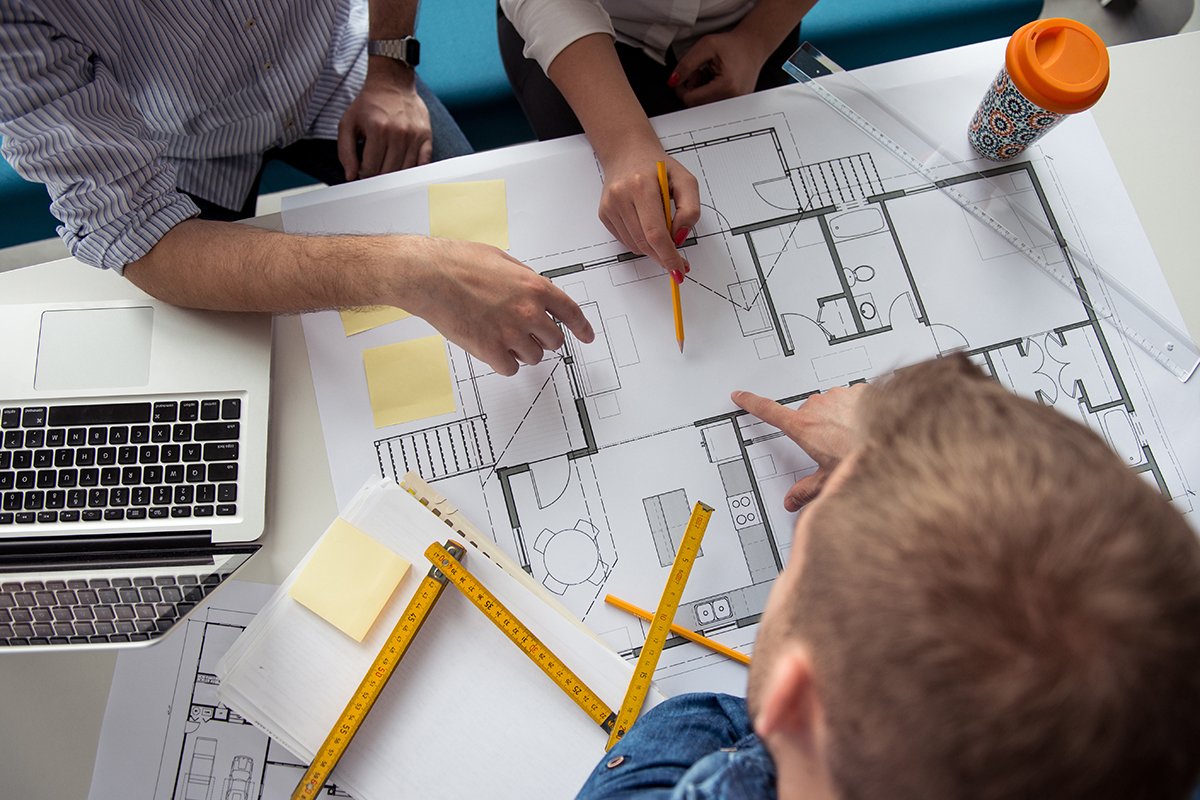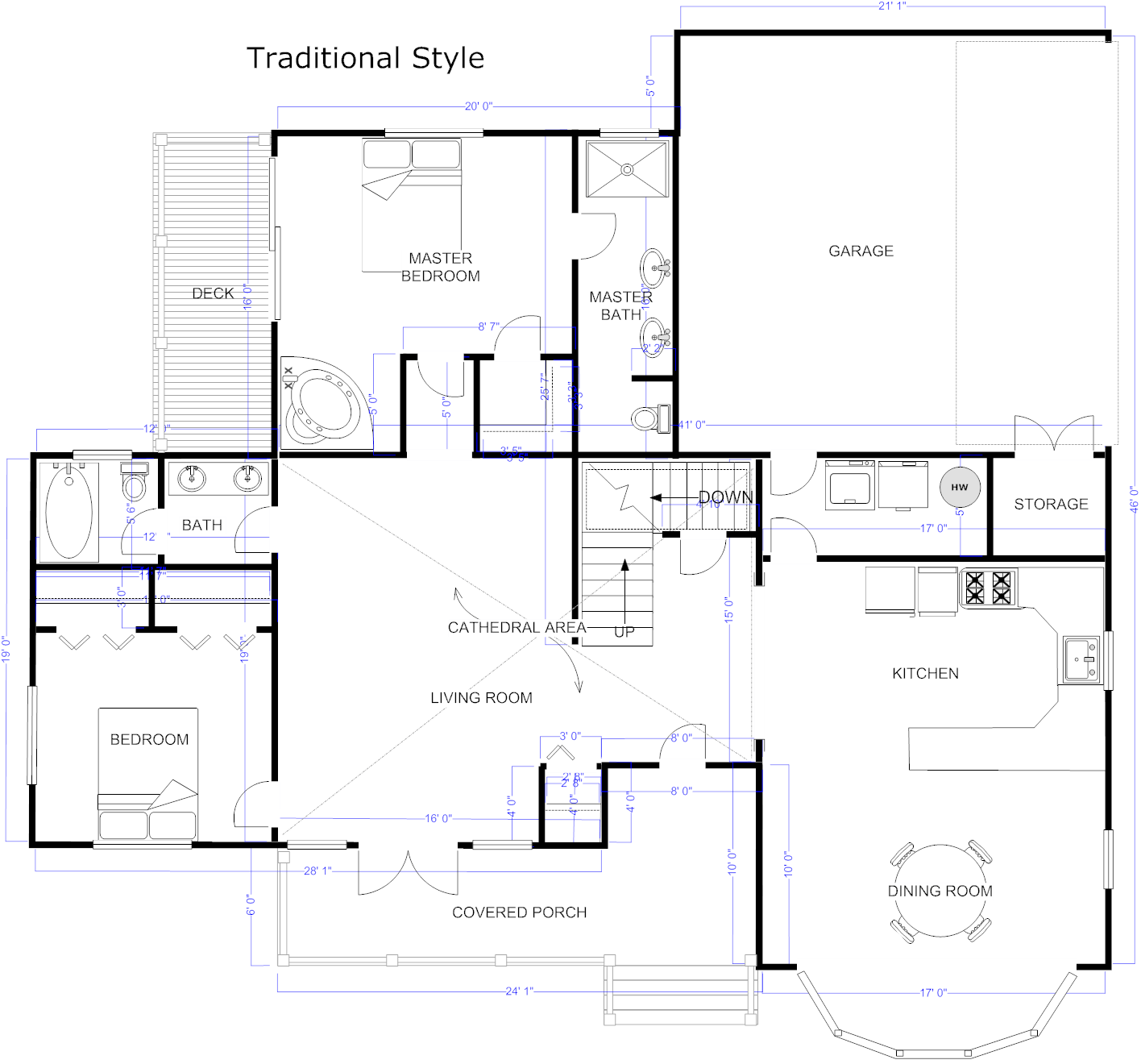The Influence of Technological Developments on the Style Practices of Contemporary Architects
The rapid development of technical tools has actually significantly improved the layout landscape for modern engineers, fostering extraordinary degrees of innovation and sustainability. The assimilation of Building Details Modeling (BIM), parametric style, and man-made intelligence has not just streamlined partnership amongst diverse teams yet likewise redefined job implementation. Nevertheless, as architects embrace these innovations, they are challenged with intricate difficulties that could impact their innovative procedures. Checking out these dynamics exposes a nuanced interplay in between modern technology and standard layout methods, triggering a more detailed evaluation of what the future holds for architectural practices.
Development of Architectural Tools
Just how have building devices transformed the style and building procedures over the centuries? The development of building tools has actually considerably impacted the efficiency, precision, and imagination of style and building and construction. In old times, engineers depend on fundamental tools such as plumb bobs, gauging rods, and fundamental geometry to develop structures. These devices laid the structure for early building method, enabling the building of iconic frameworks, albeit with constraints in accuracy and complexity.
With the introduction of the Renaissance, the intro of the compass and the protractor marked an essential shift. These devices enabled engineers to attain better precision in their designs, facilitating the introduction of even more elaborate and proportional buildings. The Industrial Revolution additionally changed building exercise with the introduction of mechanized tools and materials, enabling larger and extra ambitious tasks.
In the 20th century, the development of computer-aided style (CAD) software application transformed the landscape once more, offering architects with extraordinary abilities in modeling and visualization. Today, progressed tools such as Structure Details Modeling (BIM) and parametric style software program remain to push the boundaries of architectural technology, making it possible for an extra integrated strategy to layout and construction procedures.
Improved Partnership in Design
As innovation remains to evolve, boosted partnership in design has become a cornerstone of contemporary architectural technique. The integration of digital tools such as Structure Info Modeling (BIM), cloud-based platforms, and progressed visualization software application has actually changed the means engineers, designers, and stakeholders connect throughout the style process. These tools help with real-time communication, allowing groups to share concepts, adjustments, and comments instantaneously, no matter of geographical area.

In addition, interdisciplinary collaboration has actually been structured with these technological developments, allowing architects to function extra closely with other specialists, such as metropolitan coordinators and ecological professionals. The result is an extra natural approach to make that thinks about various point of views and competence. Ultimately, enhanced cooperation in layout is not simply a fad; it is vital for developing ingenious, practical, and aesthetically pleasing architecture in a significantly complex world.

Sustainability With Technology
Sustainability in style has actually increasingly become linked with technological advancement, driving the review sector toward eco liable practices. Contemporary designers are leveraging advanced innovations to lessen ecological impact while enhancing the performance of buildings. cda architects. One noticeable instance is the use of Building Info Modeling (BIM), which enables exact preparation and resource allotment, minimizing waste throughout building and construction and promoting energy effectiveness throughout a structure's lifecycle
Additionally, smart materials and energy-efficient systems are being incorporated into styles to optimize resource use. Technologies such as photovoltaic or pv cells and green roof systems harness renewable resource sources, adding to reduced carbon impacts. Additionally, the application of expert system in layout procedures enables designers to mimic and examine power usage, assisting choices towards more sustainable outcomes.
The combination of sustainable technologies not just aligns with international environmental goals however additionally satisfies a boosting need from consumers for environmentally friendly solutions. As architects embrace these innovations, the emphasis moves towards creating areas that are not just aesthetically pleasing but likewise functionally sustainable, thereby redefining the requirements of modern style. In this way, modern technology works as a driver for sustainability, enabling architects to develop structures that regard and improve the native environment.
Difficulties in Execution
While technical developments in style hold fantastic pledge for enhancing sustainability, their execution typically experiences significant obstacles. One key barrier is the high discovering contour connected with new modern technologies. Engineers and building professionals might call for extensive training to effectively make use of Homepage innovative software program and devices, which can postpone project timelines and increase prices.
In addition, the integration of arising modern technologies, such as Structure Information Modeling (BIM) and sustainable materials, commonly requires collaboration across multidisciplinary teams. This collaboration can be hindered by differences in expertise, process, and communication styles, leading to potential conflicts and inadequacies.

In addition, governing frameworks and building ordinance might not equal technological innovations, creating ambiguity and prospective conformity issues. This obstacle can inhibit architects from fully accepting new technologies, as the danger of non-compliance might surpass the benefits. As a result, addressing these execution obstacles is vital for the effective integration of technological improvements in contemporary architectural methods.
Future Patterns in Design
The difficulties related to the execution of brand-new technologies in design have prompted a reevaluation of future fads within the sector - cda architects. As architects browse concerns such as sustainability, urbanization, and social equity, they are progressively adopting cutting-edge innovations to improve layout performance and environmental performance
One prominent pattern is the assimilation of synthetic intelligence (AI) in the layout process. AI devices can evaluate substantial datasets to notify style decisions, boosting both imagination and functionality. Likewise, Structure Info Modeling (BIM) continues to evolve, allowing real-time partnership amongst stakeholders and helping with streamlined project monitoring.
Sustainable style techniques are also obtaining energy, with architects concentrating on adaptive reuse and regenerative layout concepts that decrease source intake and waste. The unification of clever products and renewable resource sources will certainly even more improve the durability of buildings in the face of environment adjustment.
In addition, the increase of parametric layout enables even more individualized and context-sensitive architectural solutions (cda architects). By taking advantage web of these improvements, engineers are poised to develop developed atmospheres that not only attend to the instant needs of society but additionally expect future challenges, therefore redefining the function of architecture in an ever-changing world
Verdict
Technical innovations have actually considerably reshaped architectural design practices, facilitating enhanced precision, cooperation, and sustainability. The assimilation of devices such as Building Info Modeling and parametric design software, alongside fabricated intelligence and wise products, equips engineers to address complicated challenges much more effectively.